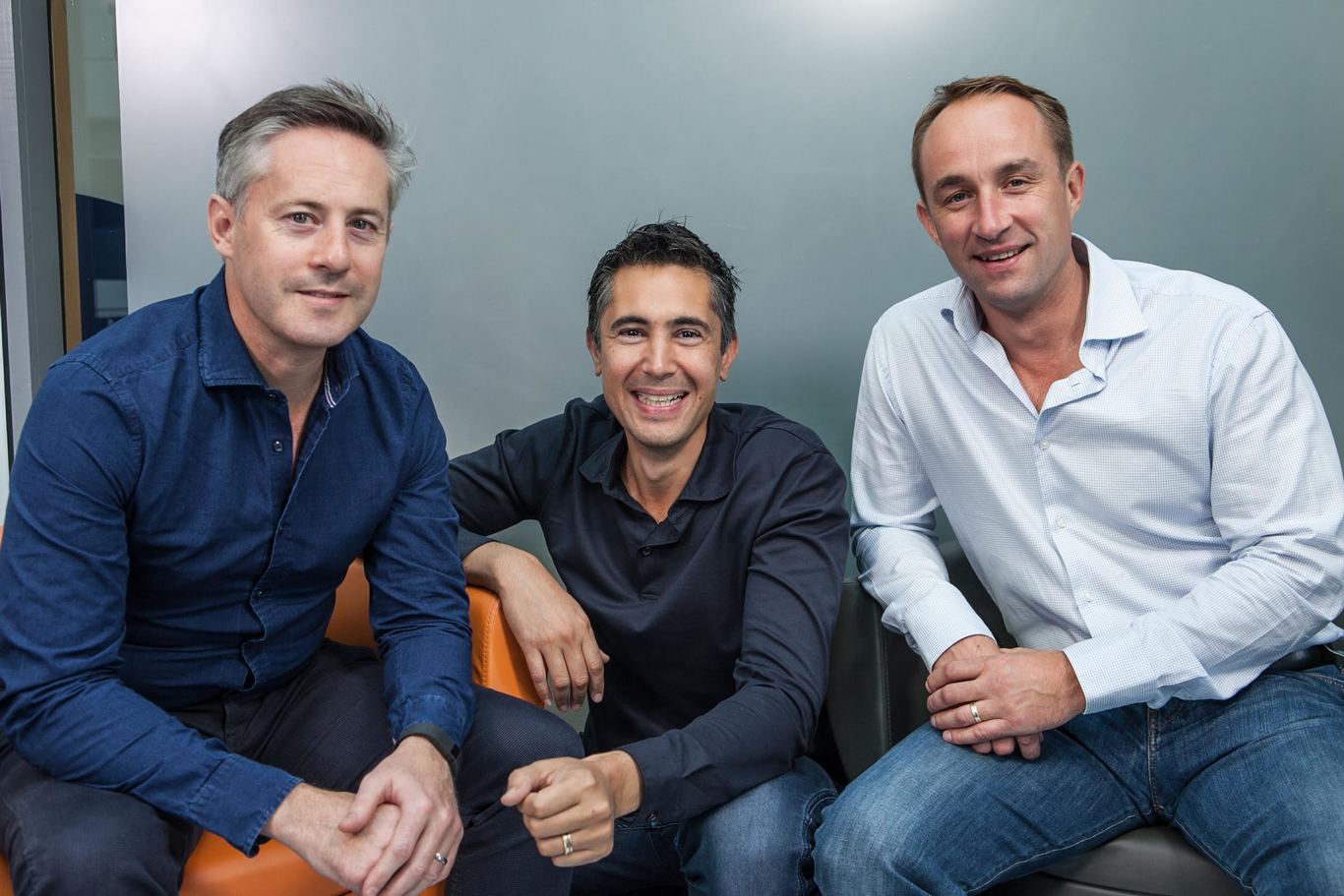'Going down the crowdfunding route was a case of eating our own dog food'
Fintech entrepreneur Oli Cavanagh delivers a masterclass in crowdfunding in the UK.
CROWDFUNDING IS risky – if you don’t hit 100% of your target, you’re seen as a public failure.
Last month, the startup I co-founded, Flender, completed a £500,000 (€590,000) equity crowdfunding round in the UK.
Our angel investors could have come back in to give us that money, so why did we choose to do it the hard way, one that no Irish fintech had succeeded at before?
A few other founders in Ireland have been asking me the same question and have reached out for advice in order to see if it’s right for them. Here’s what I’ve been telling them.
Why do it?
Sharing your pitch publicly has its risks, but it’s a good way to validate your proposition on a large scale.
Do investors believe in the team, the product, the market? If so, they’ll show it with the expectation of a return on their money.
If few people invest, you can learn and adapt, or fail quickly and move on.
For us, one additional reason to go down the crowdfunding route was the idea of eating our own dog food: to show we believed in what we were saying.
Flender is a peer-to-peer crowd lender, so what better way to prove that we have faith in the crowd model.
 Flender app
Flender app
It also gave us advocacy right from the very start. The 257 people from 10 countries that ended up investing in us are all potential evangelists for Flender now.
Some of them are business owners that like the customer loyalty angle of using Flender to raise funds from their own customers in order to let them share in their success.
The UK
You don’t have to be a UK company to equity crowdfund in Britain. Irish startups can raise there and Irish investors can invest there. Actually, over half of our £500,000 came from Irish investors.
In order to get the UK investors on board, you should get approved for the Enterprise Investment Scheme (EIS), because a lot of UK investors won’t even look at your pitch if you’re not eligible for EIS tax relief.
Another good reason for us doing it in the UK was because Flender is chasing the large UK peer-to-peer lending market, so it was useful for publicity there.
The UK is also more highly regulated than Ireland, so having the regulatory requirements to launch there added a significant string to our bow.
It took us over a year to get the required authorization from the FCA, but this barrier to entry will hopefully serve us well.
Our platform was built with geographic scaling in mind and Flender will quickly be a multi-country, multi-currency peer-to-peer lender, so it was important to establish our brand there.
Which platform?
There’s a wide choice of platforms you can use to crowdfund. The ones we looked at were Crowdcube and Seedrs, the two biggest players. They’re very similar, and one key difference is the fees they charge.
The fees vary based on how much money you have pre-pledged before going live on the platform and how much you’re ultimately looking to raise through their member network.
Both Crowdcube and Seedrs have between 100,000 and 200,000 members and a large percentage of them are active investors.
 Seedrs' homepage
Seedrs' homepage
There’s quite a range in terms of the level of investment they attract. We had people invest from as little as £20, up to £200,000.
The good thing with both platforms is that they make sure founders don’t get weighed down with administrative overheads. We have a nominee structure now with the Seedrs investors and we believe that it will be easy to manage.
They look after the issuing of shares. We had more than 250 investors in the end, but we don’t deal with them individually and the platform legal team also liaises with our legal team to make sure everything is cleared with them.
Pre-pledge
If you do decide to go down the crowdfunding route, they say you should have around 30% of your target pre-pledged before you go live. However I’d increase that to over 50% to really be confident of success.
Some of the other founders that contacted me were surprised to hear that. They thought that once you go live on a platform, you just sit back and before you know it, it’s 200% over-funded.
You really have to bring a lot to the table and do a lot of ground work yourself, doing the rounds of high-net-worth individuals and groups before you publicly launch your campaign.
Having that money in the back pocket will give confidence to the platform investors.
If they visit your crowdfunding page a few days after it has launched and see that you are still only at 1% of your target, they’re unlikely to spend time reviewing your pitch.
 Ding CEO Mark Roden has backed Flender
Ding CEO Mark Roden has backed Flender
Due diligence
As well as pre-pledged amounts, you should prepare for due diligence.
We went through a lot of due diligence to get onto Seedrs. They don’t just put any company up on those platforms because they use a ‘no win, no fee’ model and they want to protect their reputation.
You should have your corporate governance well in place, including your shareholders agreement. You should have a legal firm and an accountancy firm appointed, ones that can handle Irish and UK regulations.
Prepare for it like you’re preparing for an IPO, and expect it to take many weeks to get everything in order.
We started doing that work in the summer so that when we first approached the crowd platform we pretty much had all of our ducks lined up. If we hadn’t, we’d probably only be launching the funding round now.
It’s also a good idea to fill your company board prior to the public campaign – it made our campaign much stronger when we could show some heavyweights on board.
While our campaign was running, we also signed up over €2 million of pre-launch business borrowers which we were able to prove and share as an update to potential investors on Seedrs.
That really helped us achieve our £500,000 target. Investors could see that we actually had contracts under our belts.
Other tips
We hired Irish firm Bannerton to look after our public relations here and a separate firm called Ready10 to handle our media in the UK.
By getting plenty of press coverage, we were able to create a level of brand recognition for little cost. However we were only really targeting investors at that stage, not users.
We were featured in a lot of business pages, which was very useful for bringing in investors. One five-minute chat with Vincent Wall on Newstalk brought in three new investors the same morning.
 A shot from Flender's pitch video
A shot from Flender's pitch video
We also pumped a fair bit of money into making a professional video for our pitch by Courtyard Studio and got Irish actor Gavin O’Connor to coach us for the shoot.
These extra efforts helped present a well-rounded professional company, which is necessary when trying to convince investors to take a punt on you.
Oli Cavanagh is co-founder of peer-to-peer lending startup Flender. This article was written in conversation with Conor McMahon as part of a new series of masterclasses with some of Ireland’s most influential business people.
If you want to share your opinion, advice or story, email opinion@fora.ie.






